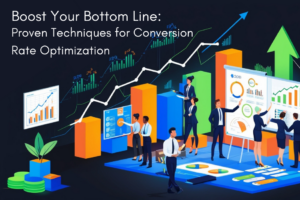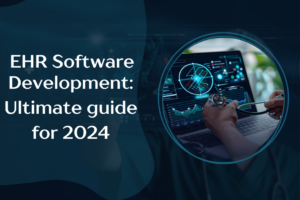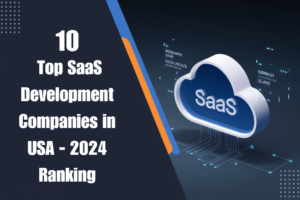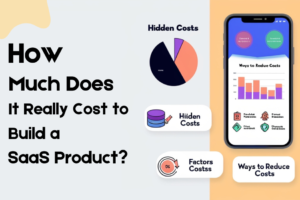SDLC Explained: Phases, Processes, And Best Practices in the USA
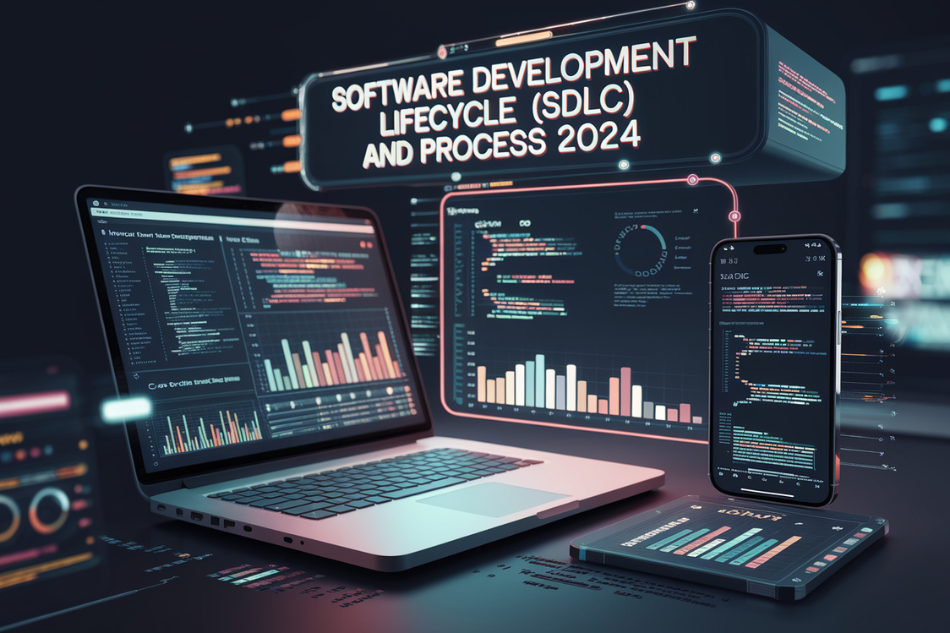
Table of ContentsToggle Table of ContentToggle
Everyone has an idea about software development. Not exactly the procedure! But something the developer writes like code, and as output the software is developed. Only people with complete knowledge or expertise in developing the software. Knows about the software development lifecycle.
With changes in technologies, the market has different kinds of software available. The users can choose from the varieties of options available You can steal users on the basis of the language used & type of the services provided. In the landscape of development . It requires an effective software development process. It fosters growth & perfection on every stage. In the aspects of performance & security. Their are various factors involved in the software development lifecycle. If You were thinking or wanted to gather knowledge regarding this. You are on the right track. This blog will teach you about software development procedures. You should take care while hiring for software development services. This will help you a lot in your product development.
What is the software development process?
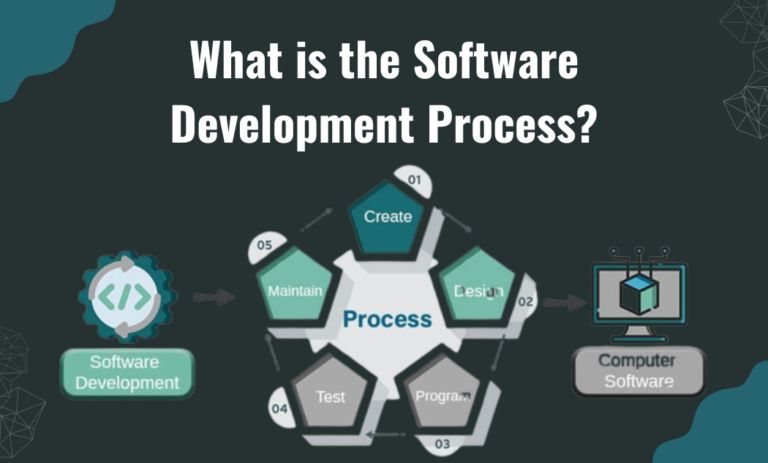
Software development lifecycle (SDLC) or software development procedure consists of few development stages. Some steps are from developing the software to deployment of the software. The main aim is to develop in a short period of time. As every step is important. The first step helps to create vision, and the next step is the product vision.
The software development process models change with time. It depends on the need & demand of the market. Likewise, the project features & nature are treated as important factors of determination. Less planning is required in small projects, and big projects require complex & huge planning. A huge amount of analysis & knowledge is required in software development.
The number of steps may vary from project to project, and it depends on the company. Majorly, it involves 7 steps, from planning to maintenance. All the steps involved have their own role in the software development lifecycle. Let’s understand these steps in depth.
It includes 7 stages in software deployment lifecycle models
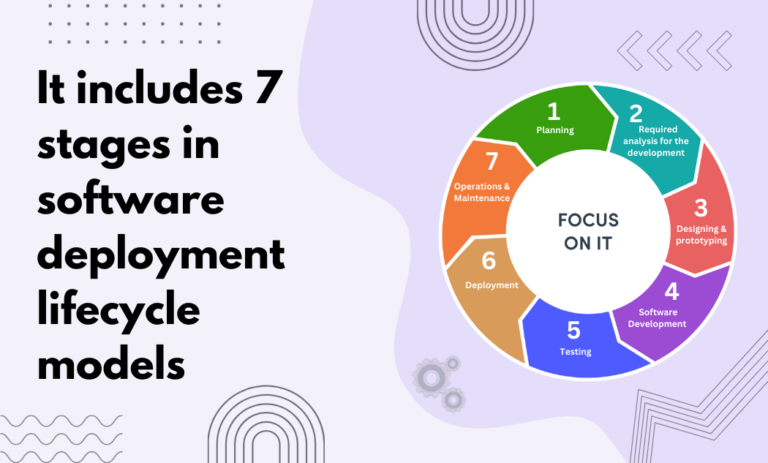
1.Planning:
2. Required analysis for the development:
3. Designing & prototyping:
The third stage of software development is lifecycle design & prototyping. The software development process is where the UI/UX design builds the interface & portal of the software. This is also known as preparing for a prototype. It is used in software development procedure.
The prototype means the appearance of the software. Choosing of theme, color, buttons, animation, transition, navigation, & elements to be used.
Then this report is sent to the client for approval of the appearance and checking the features & functions of the software. This way, they collect the feedback from the client. The core development starts after the approval of the report.
4. Software Development
The fourth stage is the important stage of the software development lifecycle. The important step of the whole procedure. In the software process model, the coding of the model is done. The software development model consists of front-end and back-end developers. The front-end developers develop the interface for user interaction.
The pages, button, animation, and transition effect to all the screens. This all-development is called front-end development.
The second phase of development is back-end development. In this, the developers build the functionality of the software. The clicks to execute the functionality of the software development lifecycle models. The developers can use technology on the basis of software requirements & features, or it also depends on client preferences. This phase also consists of the integration of APIs, third-party support, & installing the payment method gateway. This helps to improve the working of the software development procedure.
The phase can use two types of methodology in design: the agile method or two-block method; if not this, then the single block method or waterfall method in coding. The aim of using this methodology for the development team is to follow software development process steps. The business holders or the client engage regularly so that the software meets the requirement. The output of this phase is called testable functional software. Testable functional of the software development lifecycle models.
5.Testing
6.Deployment:
Deployment is treated as a final stage of software development lifecycle. It is also called the final stage of software development. This step includes the deployment of the software in the market place for the end-users. If the software requires a particular market place for deployment, like the Apple App Store or Google Play Store.
The developer teams ensure it follows all the set of rules & regulations for the marketplace to deploy it. For example, if we want to use the Play Store, we need to pay $30 approx. and $100/year for the Apple Store approx. for the software.
If the software is created for internal use in the enterprise, then it is installed onto the local network of the business. From where all the users or the organization easily collectively use the software. The deployment phase is automated in some cases, depending upon the enterprise.
Some businesses have high rules & regulations. The process required some documentation for the approval for deployment. In this case, a continuous deployment model is used. Application Release Automation (ARA) in large & medium-sized businesses
The ARA is integrated with integrating tools for deployment to the production environment. The output is then released to the production of the working software.
7.Operations & Maintenance
Deploying the software on the platform makes it error-free. It is also important to provide timely updates for improving the functionality of the software. It might be possible some errors are identified by the end-users and reported. In this case, maintenance of the software plays a crucial role.
Each phase plays a significant role in the software development lifecycle. This all processes helps to organize the software efficiency, creating the high-quality software to fulfill the clients needs.
Positive & negative of points of working with software development lifecycle
Positive Points of Working With Software Development Life Cycle
Software Development Lifecycle Models
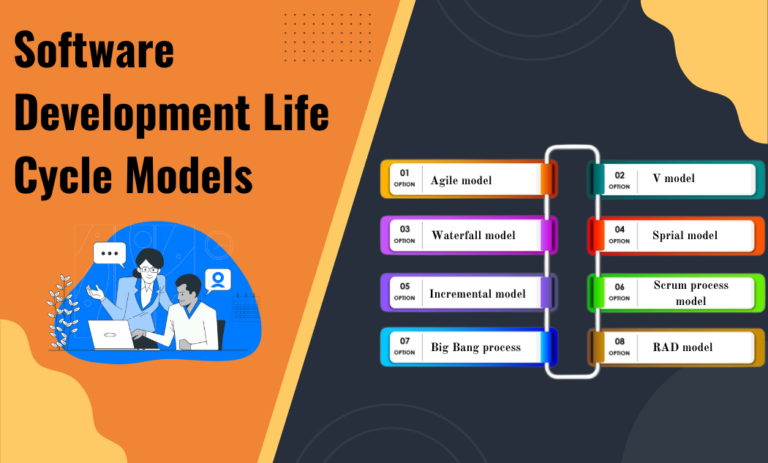
Most software development companies follows some steps in software development lifecycle. There are 8 modes used for the SDLC methods. Let’s look at the different software process models during development:
1.Agile model:
The software development was drafted & developed in the year 2001. It is an incremental model focused on customer feedback. It breaks the whole process into small portions called iterations. This helps the developers to make changes on every step according to need. Due to this, it may affect the cost & it’s time-consuming.
There are some advantages & disadvantages of the agile model:
Advantages:
Disadvantages:
2.Waterfall model:
There are some advantages & disadvantages of the waterfall model:
Advantages:
Disadvantages:
3.V model:
There are some advantages & disadvantages of the V model:
Advantages:
Disadvantages:
4.Big Bang process:
There are some advantages & disadvantages of the Big Bang model:
Advantages:
Disadvantages:
5.Sprial model:
There are some advantages & disadvantages of the spiral model:
Advantages:
Disadvantages:
6.Scrum process model:
7.Incremental model:
There are some advantages & disadvantages of the incremental model:
Advantages:
Disadvantages:
8.RAD model
There are some advantages & disadvantages of the incremental model:
Advantages:
Disadvantages:
Conclusion
About Author

Written By Darshan Saroya
Darshan Saroya is the creator and CEO of the content development company. He writes and has over 7+ years of experience as a content marketer, for technoprofiles.com generating on blogging , article's and website technique.

